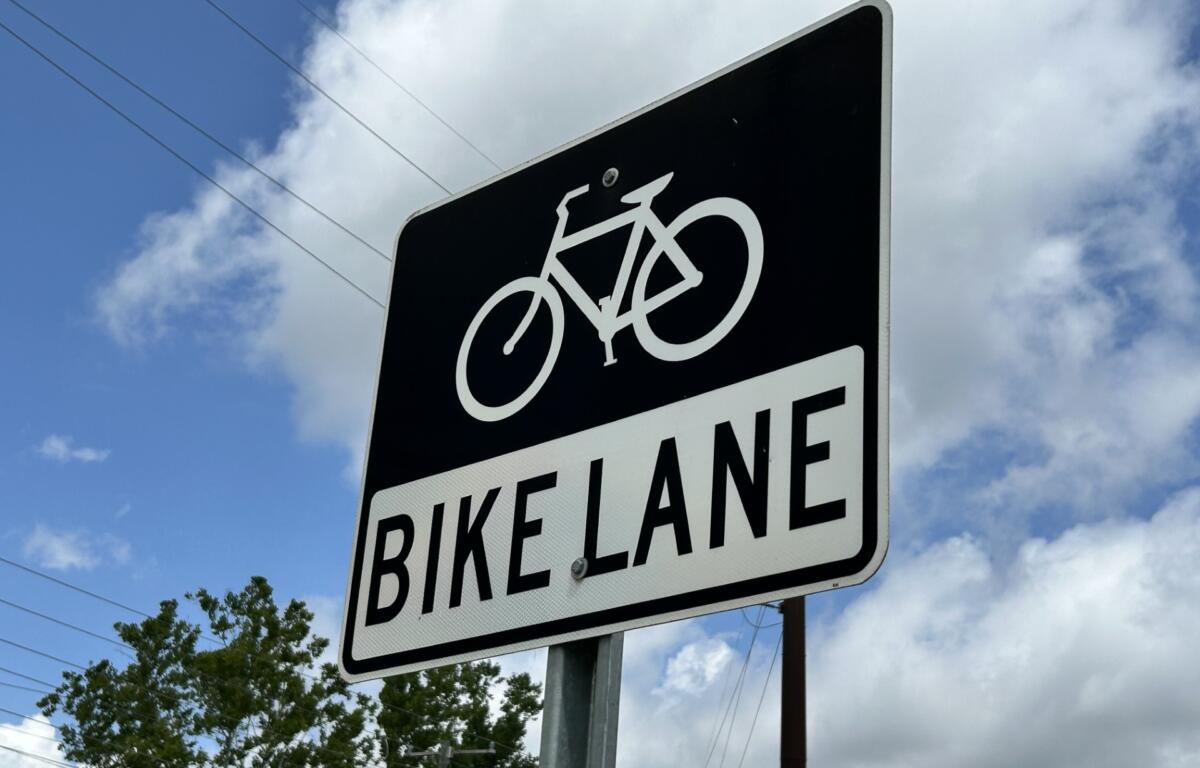ASHEVILLE, N.C. (828newsNOW) — When it was first proposed, the Merrimon Road Diet plan was met with skepticism and even a little frustration.
Opponents thought reducing travel lanes from four to three would cause traffic delays, more crashes and injuries to cyclists.
But, almost a year and a half in, the numbers show a decrease in collisions, a decrease in collisions with injuries and only a 2- to 14-second increase in travel time.
North Carolina Department of Transportation officials shared the data during a June 26 Asheville Multimodal Transportation Commission meeting.
In October 2022, work began on the four- to three-lane conversion, also known as a “road diet,” which was part of a larger NCDOT project to resurface the 4-mile Merrimon Avenue corridor. The project was officially completed in May 2024.
“The predominant crash types for the conversion section are rear-end crashes and frontal-impact crashes,” NCDOT safety evaluation engineer Carrie Simpson said during the meeting. “However, there appears to be some shifting of crash types.”
Frontal impacts are down 55 percent, Simpson said.
“The reduction in frontal impact crashes typically lead to a reduction in crash severity, which is what the data is showing,” Simpson said. “The safety data is showing an overall reduction in crashes for vulnerable road users in the conversion section.”
The initial traffic study — which looked at safety, mobility and volume metrics before and after the lane conversion — showed improvements in traffic safety and increases in multimodal use of the corridor.
The findings include:
- A 23 percent decrease in collisions
- A 30 percent decrease in collisions with injuries
- A 55 percent decrease in frontal impact crashes
- A 67 percent increase in rear-end crashes
- A 3-5 mph decrease in motor vehicle speeds
- A 1-8 percent decrease in motor vehicle traffic
- A 269 percent increase in bicycle use
- A 2-14 second increase in travel time at 5 p.m.
“These findings mirror what we found when advocating for the project: a small increase in travel time is worth it on streets where we can trade a little travel time for dramatic improvements in safety and increases in active transportation, like walking and biking,” an Asheville on Bikes blog post said.
CLICK HERE TO WATCH THE NCDOT PRESENTATION OF FINDINGS (1:09 mark)
Simpson said traffic studies showed the slowest speeds on the northbound side at 10:15 a.m. and 4:35 p.m. and 8:15 a.m. and 5:30 p.m. for the southbound side.
“Some of the preliminary takeaways are that the safety data is generally positive with reductions in reported crashes on the four-to-three conversion section,” Simpson said. “Motor vehicle speeds were reduced, and volume data showed an increase in bicycle traffic.
Simpson said new data sets would be collected in the fall.
If you plan to get the bike out, here are a few tips to keep in mind:
- Wear a helmet: Always wear a properly fitted helmet to reduce the risk of head injuries in case of a fall or collision.
- Be visible: Wear bright clothing and use lights and reflectors, especially when riding at dawn, dusk or in low-light conditions.
- Follow the rules of the road: Obey traffic signs, signals, and lane markings and ride in the same direction as traffic.
- Stay alert: Watch for cars, pedestrians and other cyclists, and be prepared to react to unexpected hazards.
- Use hand signals: Use hand signals to indicate turns and stops, and make eye contact with drivers to ensure they see you.


